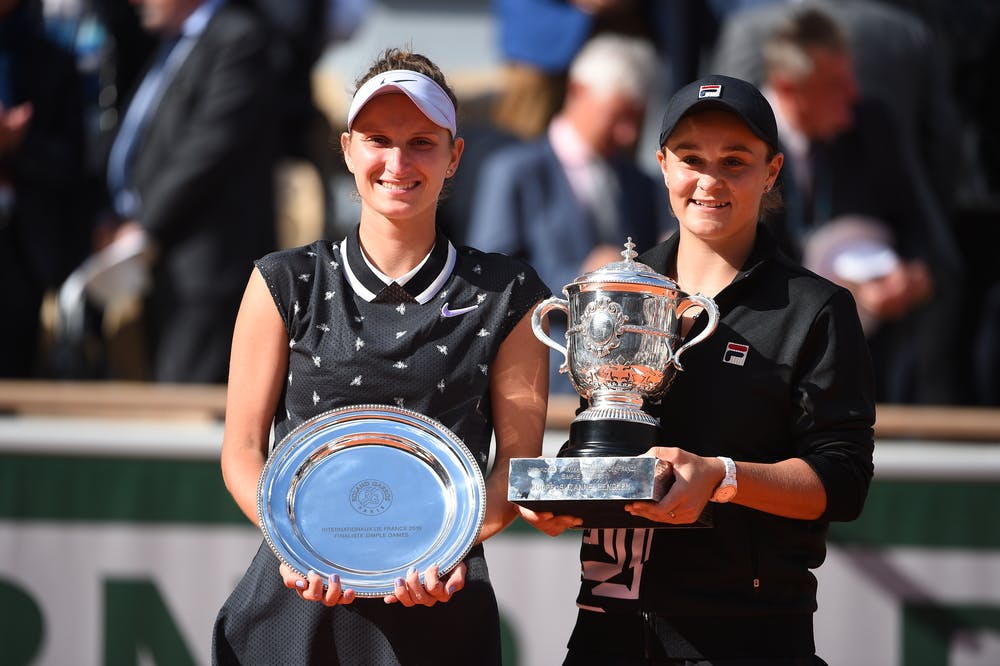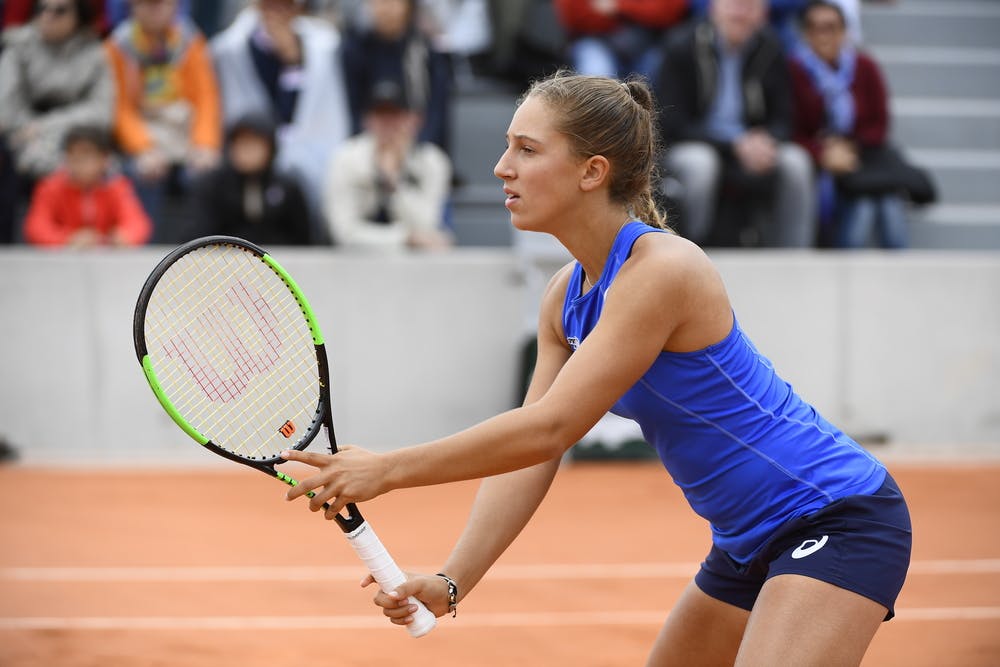Another superb edition of the Roland-Garros women’s singles tournament ended with a much-acclaimed and well-deserved maiden Grand Slam triumph for Ashleigh Barty.
Here’s what we learned from an event full of surprises, breakthroughs and youthful brio.
Barty’s here to stay
The women’s game is searching for new luminaries who have the class and staying power to become perennial champions, the multiple Grand Slam winners who help the sport’s profile thrive.
It’s early days, of course, but in Barty, the 23-year-old Australian who won her first Grand Slam in such style against Marketa Vondrousova on Saturday, Roland-Garros looked to have been the launchpad for one such figure.
 ROLAND-GARROS
19 May - 8 June 2025
ROLAND-GARROS
19 May - 8 June 2025


 ©Corinne Dubreuil / FFT
©Corinne Dubreuil / FFT ©Philippe Montigny / FFT
©Philippe Montigny / FFT